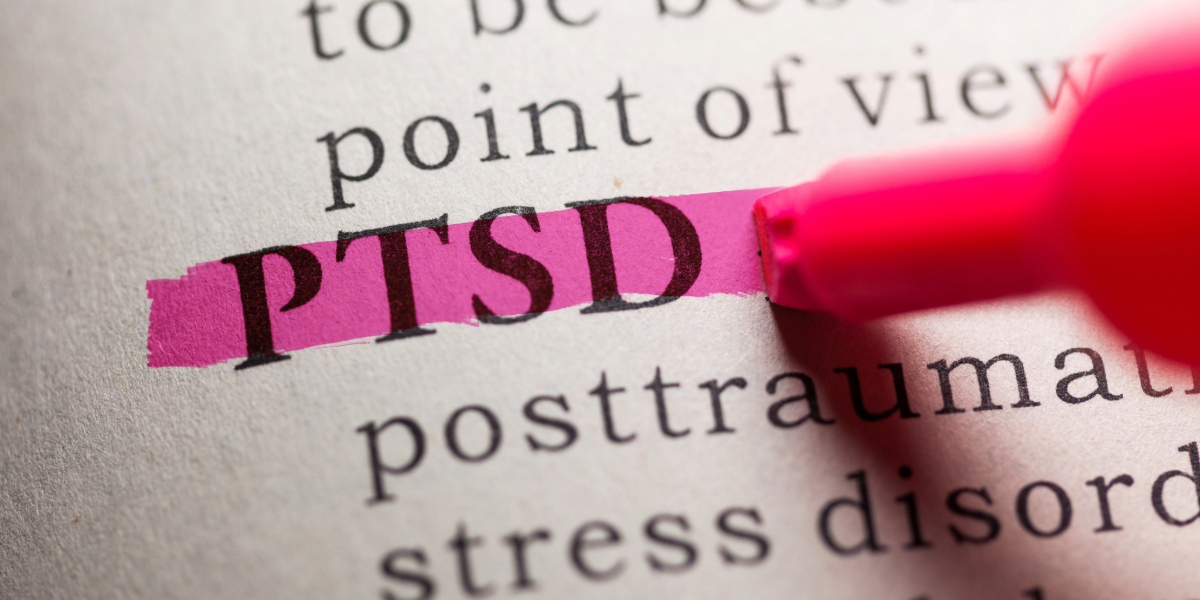Today is PTSD Awareness Day, a national effort to spotlight the widespread impact of posttraumatic stress disorder (PTSD) and the importance of early intervention and support.
PTSD is the second most common mental health condition in Australia after depression. At any given time, over 1.5 million Australians are living with PTSD, according to Phoenix Australia, the National Centre of Excellence in Posttraumatic Mental Health.  
Trauma is alarmingly common: approximately three in four Australians will experience a potentially traumatic event in their lifetime — nearly 19 million people. These events can range from natural disasters and serious accidents to violence, abuse, or the sudden loss of a loved one.
Symptoms of PTSD include reliving the traumatic event through flashbacks or nightmares, avoiding reminders of the trauma, experiencing negative changes in thoughts and mood, and heightened arousal or reactivity, such as being easily startled or feeling constantly on edge. 
While not everyone who experiences trauma develops PTSD, the psychological effects can be profound and long-lasting.
“PTSD Awareness Day is about creating awareness of the disorder, looking at ways we can support those who are affected and to learn more about the signs,” said Enterprise Professor Nicole Sadler, Director of Phoenix Australia.
“We know that when people recognise the signs of PTSD, they are better equipped to take that first step towards better mental health.”
“That’s why this year, on PTSD Awareness Day, we’re helping people to see PTSD.”
Despite the availability of effective treatments, many Australians with PTSD go undiagnosed and untreated. Phoenix Australia emphasises that recovery is possible with the right support, which may include counselling, medication, or a combination of both. The organisation offers a range of resources and training programs to help individuals, families, and professionals understand and manage trauma.
Armidale based ‘Migraine Warrior’ (and Publisher of New England Times) RK Crosby has taken to social media today to raise awareness of how common it is for people who live with migraine to also live with PTSD, as she does. Up to 25% of people who live with migraine also have PTSD, more than double the rate of people who do not have migraine, with women up to 3 times more likely to have the combination than men.
“People living with PTSD are significantly more likely to also live with migraine. The connection is real, and it’s backed by science,” she said.
“The most important thing I want people with both PTSD and migraine to know is they are not alone, and neither of these things are your fault.”
“Both PTSD and migraine are invisible, so we need to tell our stories so people know what to look for,” Dr Crosby said.
More information about PTSD Awareness Day can be found on the Phoenix Australia website.
Something going on in your part of the New England people should know about? Let us know by emailing newsdesk@netimes.com.au

